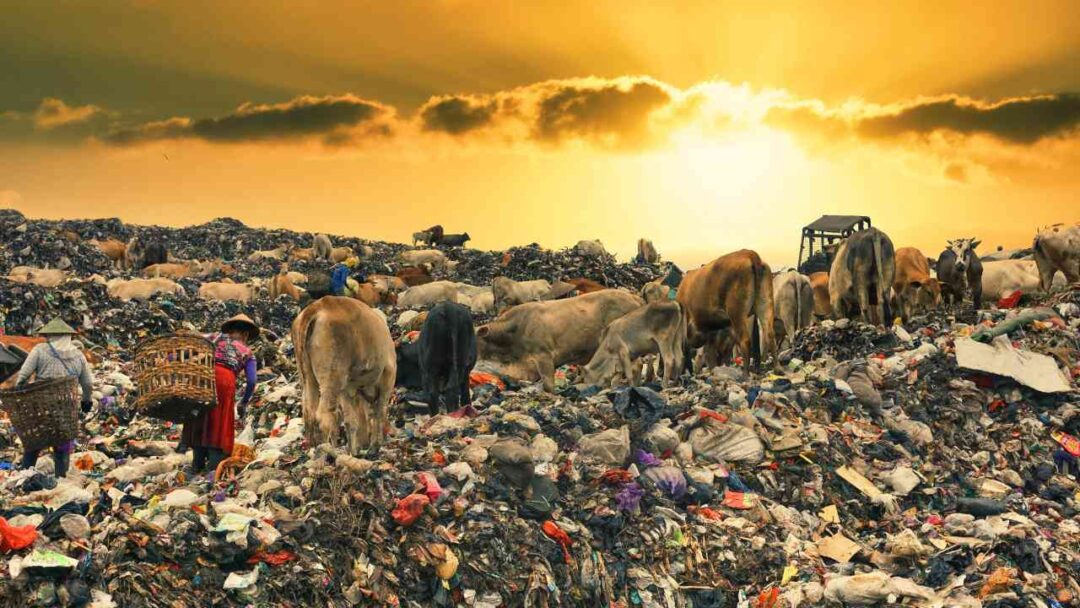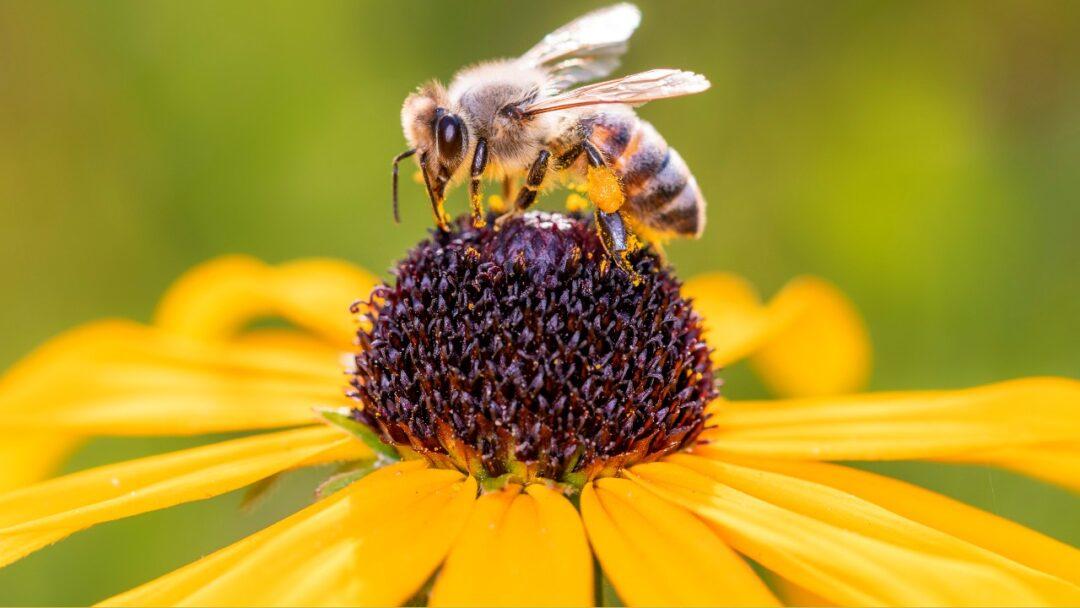Table of Contents

In the ever-evolving landscape of environmental concerns, one issue looms large and demands our immediate attention: Point Source Pollution. This silent menace has been wreaking havoc on our ecosystems, waterways, and overall quality of life, yet it often remains hidden in the shadows of more prominent environmental discussions. We, as stewards of our planet, cannot afford to ignore this ticking time bomb any longer. In this article, we will delve deep into the realms of Point Source Pollution, examining its origins, impact, and the urgent need for remediation.
Unveiling Point Source Pollution
Understanding the Basics
Point Source Pollution, as the name suggests, originates from a single identifiable source. These sources can vary widely, from industrial facilities to wastewater treatment plants, and even agricultural runoff. What distinguishes them is their direct discharge of pollutants into our water bodies. These pollutants may include chemicals, heavy metals, pathogens, and nutrients.
The Culprits
- Industrial Facilities: Factories, refineries, and manufacturing plants are among the primary contributors to Point Source Pollution. These entities often release hazardous substances, such as chemicals and heavy metals, directly into nearby rivers or streams.
- Wastewater Treatment Plants: Ironically, facilities designed to treat wastewater can themselves become sources of pollution. Inadequate treatment processes or system failures can result in the release of untreated sewage and contaminants into the environment.
- Agricultural Runoff: The excessive use of fertilizers and pesticides in agriculture can lead to runoff that carries these chemicals into nearby water bodies. This agricultural pollution can harm aquatic ecosystems and contaminate drinking water sources.
The Impact of Point Source Pollution
Environmental Consequences
Point Source Pollution has devastating effects on the environment. Aquatic ecosystems are particularly vulnerable, as they directly bear the brunt of contamination. Key consequences include:
- Habitat Destruction: Polluted water bodies often witness the decline or extinction of native species, disrupting fragile ecosystems.
- Algal Blooms: Excessive nutrient runoff from agriculture and wastewater treatment plants can trigger harmful algal blooms, leading to oxygen depletion and fish kills.
- Water Quality Degradation: Contaminants in our waterways can render them unsafe for both aquatic life and human consumption.
Human Health Concerns
Point Source Pollution isn’t just an ecological problem; it poses serious risks to human health as well. Consuming contaminated water or fish from polluted areas can lead to a range of health issues, including gastrointestinal problems, neurological disorders, and even cancer.
The Urgent Need for Action
As we stand at the precipice of environmental catastrophe, the imperative to address Point Source Pollution cannot be overstated. The following steps must be taken to mitigate this crisis:
- Stringent Regulations: Governments and regulatory bodies must enforce strict guidelines for industries and wastewater treatment plants to reduce their pollutant discharges. Regular inspections and penalties for non-compliance are vital.
- Investment in Infrastructure: Upgrading and modernizing wastewater treatment facilities is crucial to ensure that they effectively remove contaminants from sewage and industrial discharges.
- Public Awareness: Education campaigns can help inform the public about the risks associated with Point Source Pollution and how they can take action to reduce it.
- Sustainable Agriculture: Encouraging sustainable farming practices that minimize the use of fertilizers and pesticides can significantly reduce agricultural runoff.
Taking the First Step
Point Source Pollution may have been lurking in the background for far too long, but its consequences are anything but invisible. As responsible custodians of our planet, it is our duty to act swiftly and decisively. Ignoring this ticking time bomb is not an option. By implementing robust regulations, investing in infrastructure, raising public awareness, and promoting sustainable practices, we can defuse this threat and ensure a cleaner, healthier future for generations to come.
Frequently Asked Question (FAQ)
What is Point Source Pollution?
Point Source Pollution refers to the release of pollutants or contaminants into the environment from a single, identifiable source. These sources can include industrial facilities, wastewater treatment plants, and agricultural runoff.
How does Point Source Pollution differ from Non-Point Source Pollution?
Point Source Pollution comes from a specific, traceable source, whereas Non-Point Source Pollution originates from diffuse sources, making it challenging to pinpoint the exact origin. For example, runoff from urban areas or agricultural fields is considered Non-Point Source Pollution.
What are some common pollutants associated with Point Source Pollution?
Point Source Pollution can include a range of pollutants such as chemicals, heavy metals, pathogens, nutrients (e.g., nitrogen and phosphorus), and various industrial waste products.
Why is Point Source Pollution a concern for the environment?
Point Source Pollution poses a significant threat to aquatic ecosystems and water quality. It can lead to habitat destruction, algal blooms, and the contamination of drinking water sources. It also impacts aquatic species, potentially leading to declines or extinctions.
How does Point Source Pollution affect human health?
Consuming water or fish from polluted areas can pose health risks to humans. Contaminated water sources can lead to gastrointestinal problems, neurological disorders, and long-term health issues, including cancer.
What measures can be taken to reduce Point Source Pollution?
To mitigate Point Source Pollution, governments and regulatory bodies can enforce stringent regulations on industries and wastewater treatment plants, invest in modernizing infrastructure, conduct regular inspections, and impose penalties for non-compliance. Promoting sustainable agriculture practices can also help reduce agricultural runoff.
How can individuals contribute to the prevention of Point Source Pollution?
Individuals can play a role by conserving water, properly disposing of household chemicals, and supporting environmentally-friendly agricultural practices. Staying informed about local environmental issues and advocating for responsible policies is another way to make a positive impact.
Are there any success stories in addressing Point Source Pollution?
Yes, there have been successful efforts to reduce Point Source Pollution in various regions through stricter regulations, improved wastewater treatment technologies, and public awareness campaigns. These efforts have led to cleaner waterways and healthier ecosystems.
What are the long-term consequences of not addressing Point Source Pollution?
Failing to address Point Source Pollution can result in the continued degradation of aquatic ecosystems, declining water quality, and increased health risks for both wildlife and humans. It may lead to irreversible damage to the environment and increased costs for remediation in the future.
Ranthambore’s Cry for Help: Pollution Threatens the Majesty of the Wild





Pingback: Top Strategies For Crushing Your Living Environment Regents Test | Animal TV Hindi